What You Can Learn From Three-Pointers in Basketball
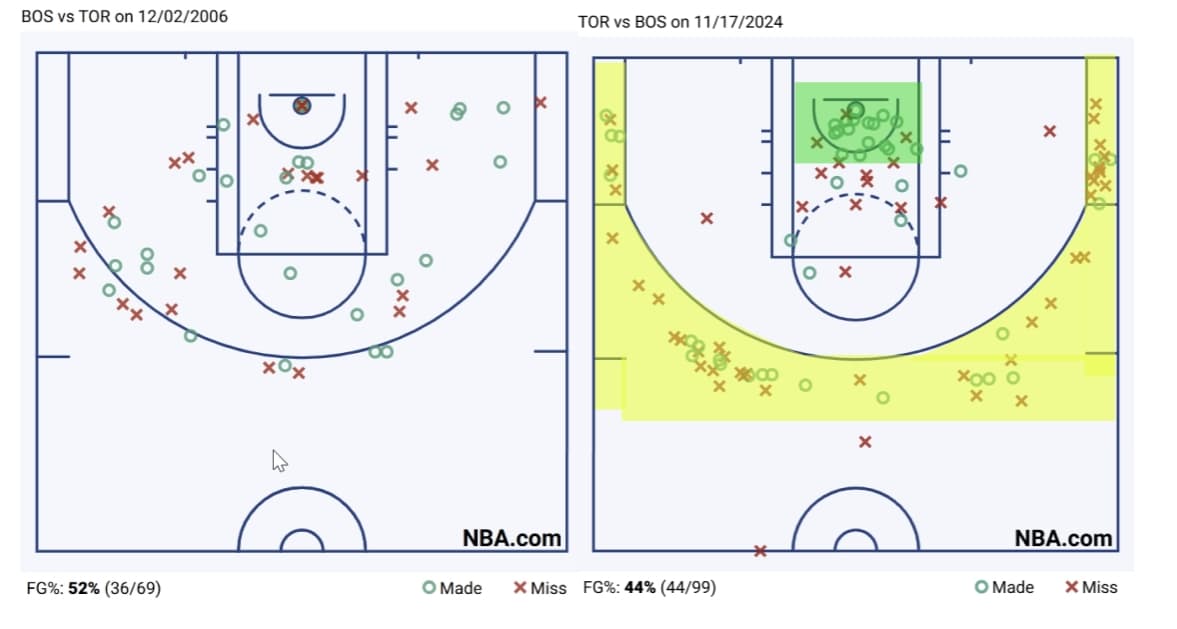
GET THE #1 EMAIL FOR EXECUTIVES
Subscribe to get the weekly email newsletter loved by 1000+ executives. It's FREE!

A recent trend has occurred over the last eight years in basketball that is on par with Moneyball and the way baseball was changed after that.
There are some key takeaways for you to learn from this:
- If you are a coach, you need to be able to revisit data and change your strategy.
- If you run a business, you need to be open to new ideas and not be stuck in the past.
What's Happened in Basketball?
We are focusing on the Golden State Warriors here, as not only did they shoot an unprecedented number of three-pointers, but they were also incredibly successful, making the NBA Finals five years in a row and winning three championships.
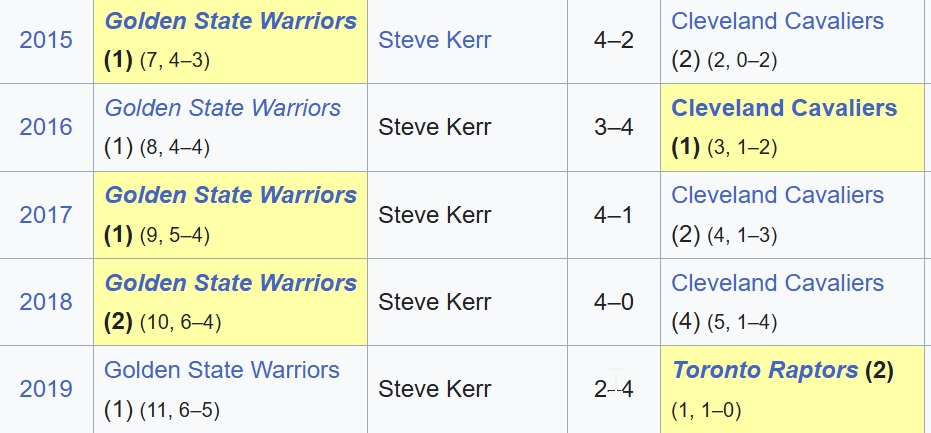
Back in 2016, the Golden State Warriors attempted 31.6 three-pointers per game. This was the second-most of any team in the NBA.
The full leaderboard is below:
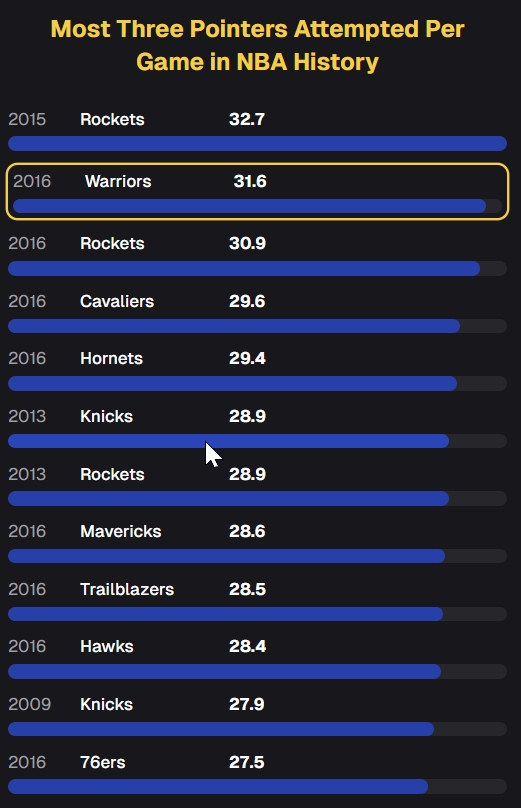
Let's fast-forward to 2024. That same number—31.6—would now place the Golden State Warriors last in the NBA. All of the results above are for this season alone!
This means that every single team in the entire league has fundamentally overhauled how they play the game.

Already this is fascinating. The three-pointer was introduced to the NBA in 1980, and for nearly 40 years, it was not a significant part of the game.
Then, all of a sudden, one team makes it a big part of their game, and now the game has fundamentally changed.
One of the key figures in this transformation is Steph Curry:

This is a map of where all the shots were taken in a recent game by Boston:

Let's cut the image into two segments:
- Yellow will represent the three-point shots.
- Green will represent the two-point shots.

Notice the clustering and the contrast here. Essentially, there is almost no activity in the mid-range.
Let's compare this to an older game between the two teams:
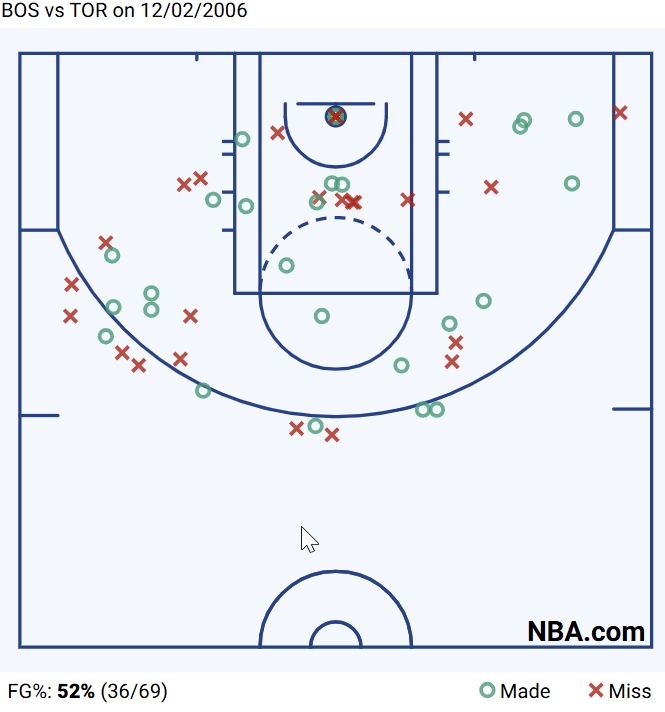
Look at how different the shot chart is. There are far fewer three-point attempts and significantly more two-point shots all over the map.

The reason for this shift? There is a strong correlation between the number of three-point shots taken and the total points scored.
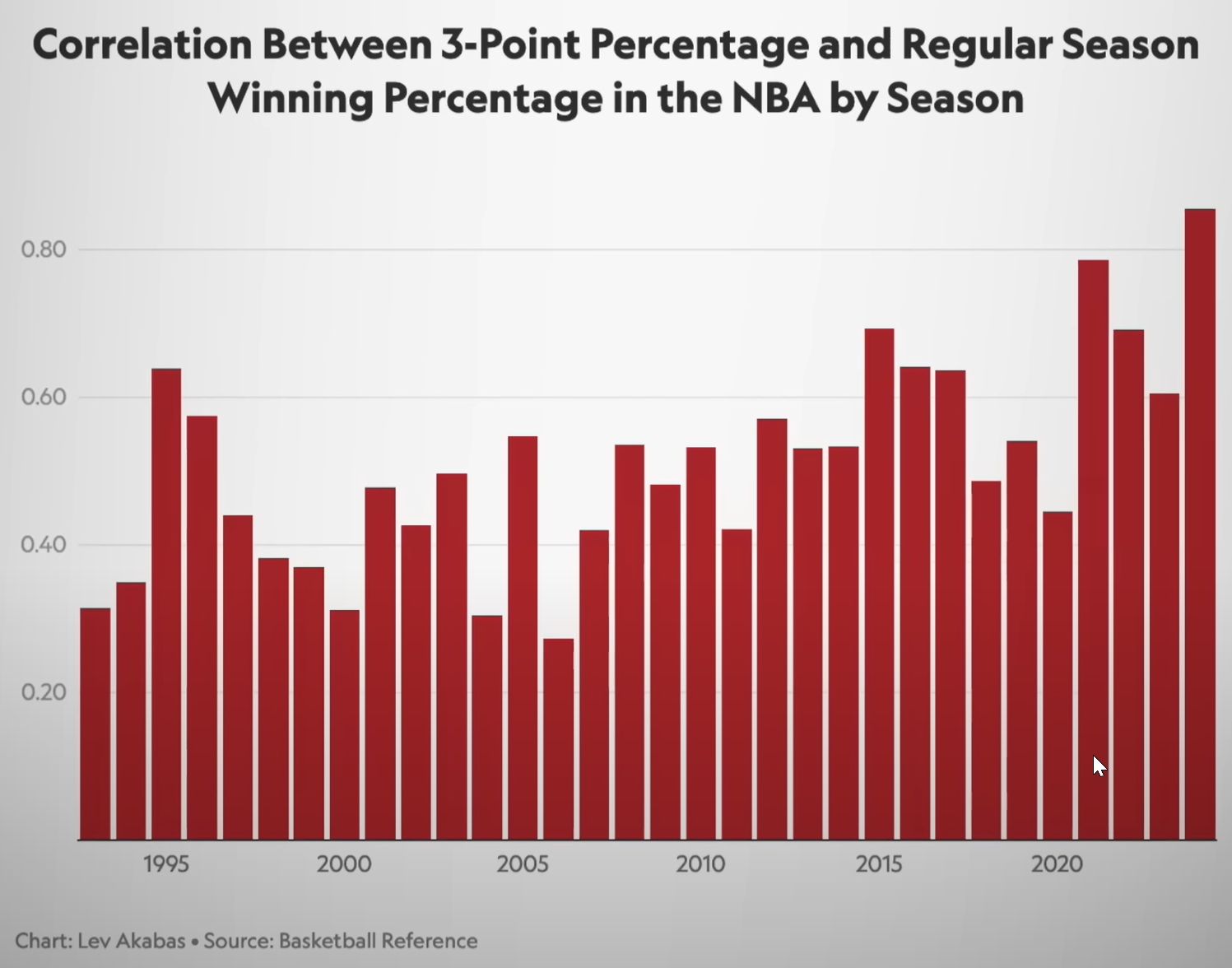
To put this into perspective, the Celtics in 2024 made more three-pointers in eight games than they did in an entire season in 1986.

Is This Interesting to the Viewers?
The answer would seem to be no. The NBA has experienced a decline in viewership over the last few years, with primetime viewing falling significantly around the time the Golden State Warriors began to dominate.
Of course, correlation does not equal causation. During this time, we have also seen the rise of streaming services like Netflix and YouTube, which have captured more audience attention.
However, many NBA commentators and fans have expressed concerns that the game has become less entertaining to watch.
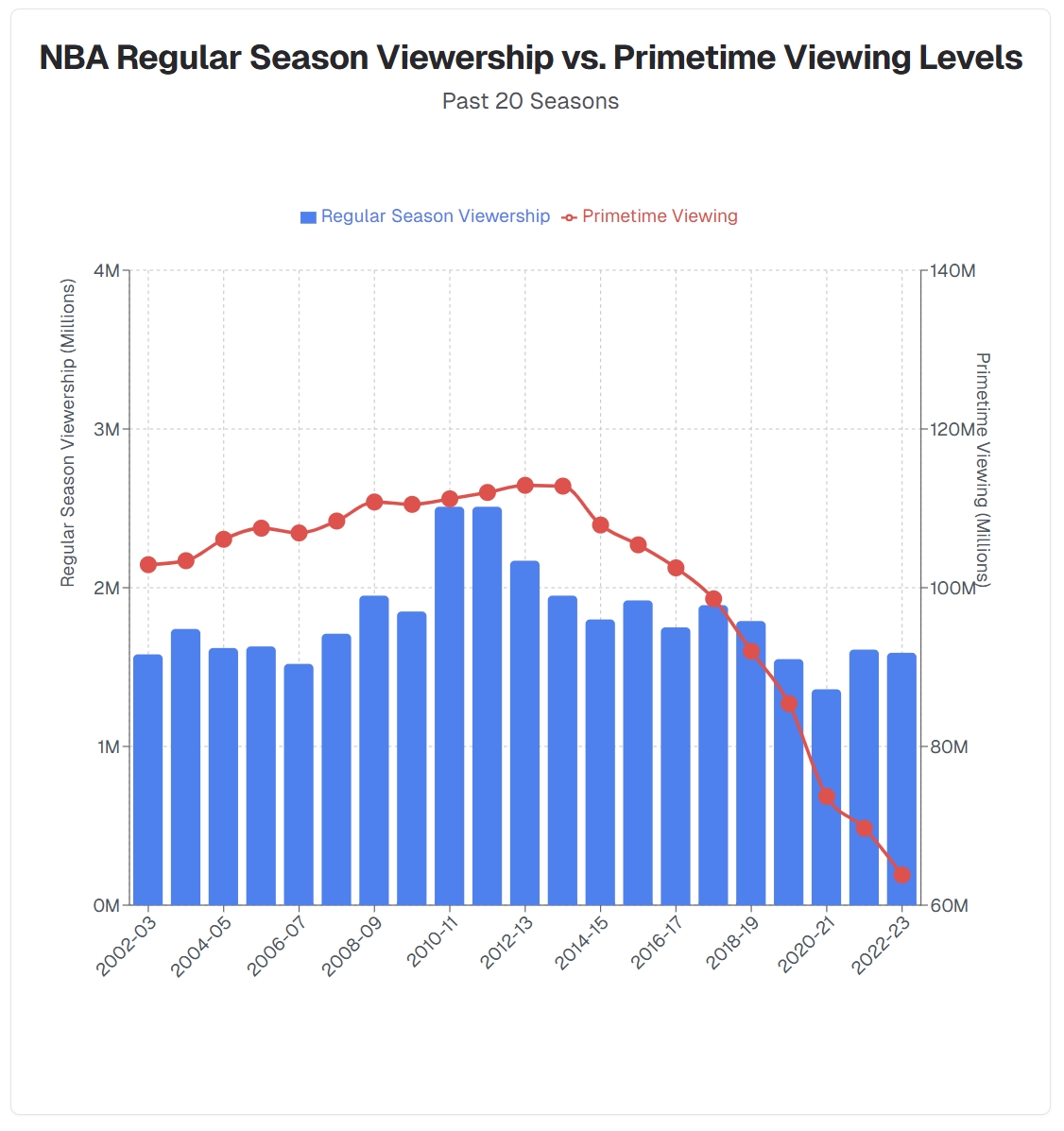
So How Are They Going to Fix It?
Other leagues have tried to address this by moving the three-point line back. The challenge here is that players are so skilled they will likely adjust and become even more effective from greater distances.
Lessons for Executives
I love these sports stories because this is a tactic that was available to every team since 1980. Then a team comes along and uses it to dominate and every other team has to quickly adapt to keep up.
It makes me wonder how many statistics are sitting there in plain sight in all sorts of other sports or even the business world.
- Use Data to Drive Decisions: Just as the Golden State Warriors relied on data to understand the value of three-pointers, businesses need to embrace analytics to identify and act on opportunities.
This could mean revisiting your customer segmentation or overhauling legacy processes to align with what the data suggests will drive results.
The amount of companies that we meet that don't even have a database, let alone a dashboard or a data strategy is staggering. You are flying blind.
- Challenge the Status Quo: Teams that continued to rely on traditional playstyles have fallen behind. Similarly, companies that resist change risk being outpaced by more innovative competitors.
However, it is equally critical to adopt a systems-thinking approach:
- Consider the Whole System: While winning may be the primary objective, it is not always the only one. In basketball, prioritising three-pointers may have hurt the viewing experience.
This is an important thing to consider in business. While you might optimise for one local variable, don't forget to consider the broader ecosystem.
The recent post we need on success and failure metrics is something you should keep in mind.

















